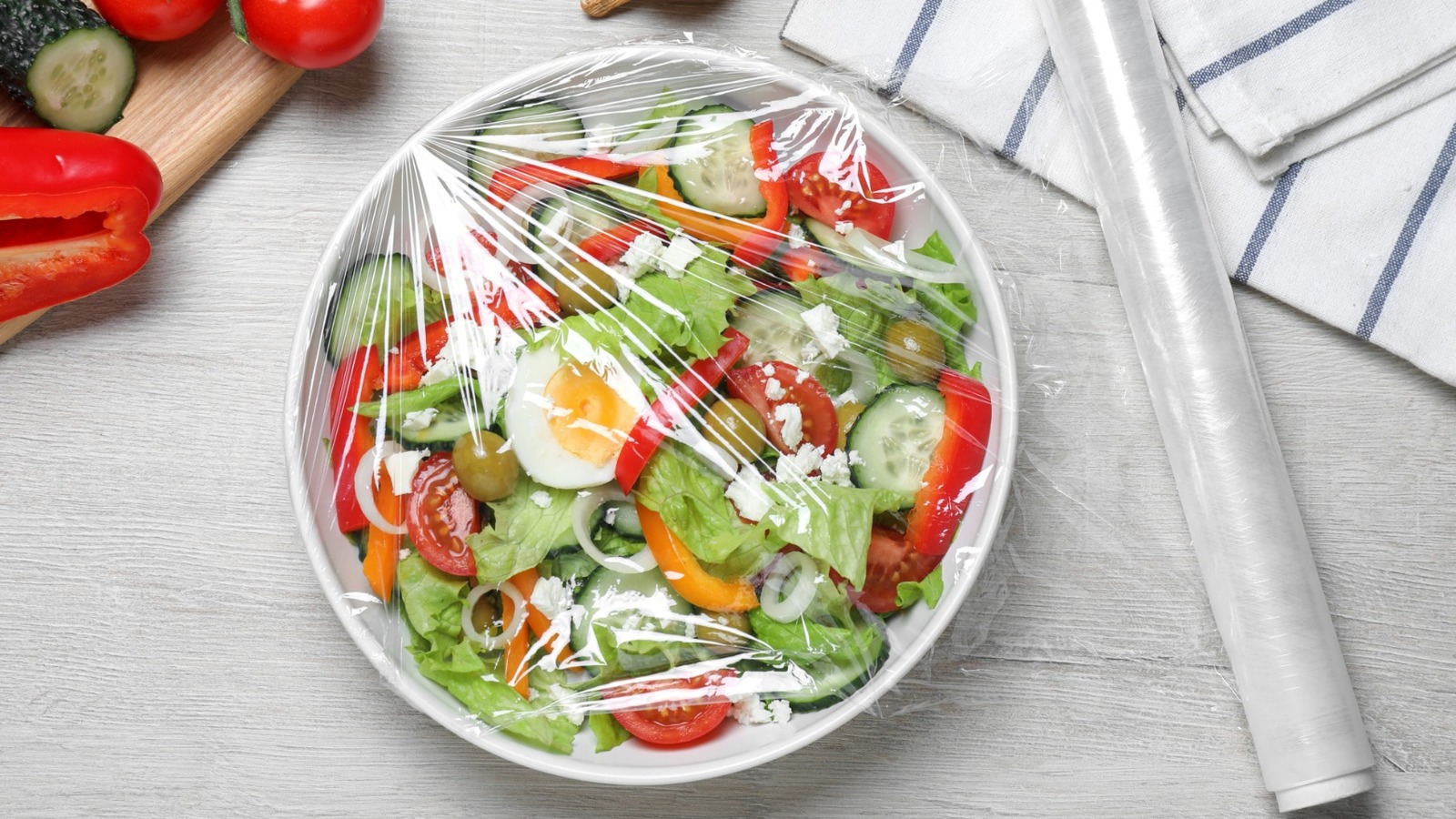
"Despite its usefulness in the kitchen it doesn't always cling to what you want it to. At times, it can feel a bit like Hercules fighting the Hydra: One side doesn't quite seal, so you push, pull, smooth, or stretch it down but then another spot lifts its ugly head. It continues like this until the film gets stuck to itself and you're back at square one."
"Turns out, this hack works great on bowls, plates, casserole dishes, and storage containers, just be sure to dry the surface with a clean cloth or paper towel before wrapping it. Make sure there are no damp smudges of food on the sides of the container you're trying to wrap. There is one exception to the rule, though - flat surfaces require a different approach."
"When you need the cling wrap to lay flat, such as on a cutting board or counter, the opposite of the aforementioned hack is true - dryness then becomes the enemy. As celebrity chef Gordon Ramsay explains in a video from his MasterClass, posted to Facebook, a little wetness can aid in getting things smoothed out with this unwieldy plastic wrap, making it cooperate."
Cling wrap adheres best to clean, dry surfaces; wipe bowls, plates, casserole dishes, and storage containers with a clean cloth or paper towel before wrapping to remove damp smudges. For flat surfaces like cutting boards or countertops, slightly wet the surface with a damp (not soaked) cloth before applying the wrap, then smooth with the dry side of the cloth to remove wrinkles. Slight moisture helps the film lay flat and prevents curling or bubbling while working. Brands of plastic wrap vary, so follow instructions on the box and test techniques as needed.
Read at Tasting Table
Unable to calculate read time
Collection
[
|
...
]